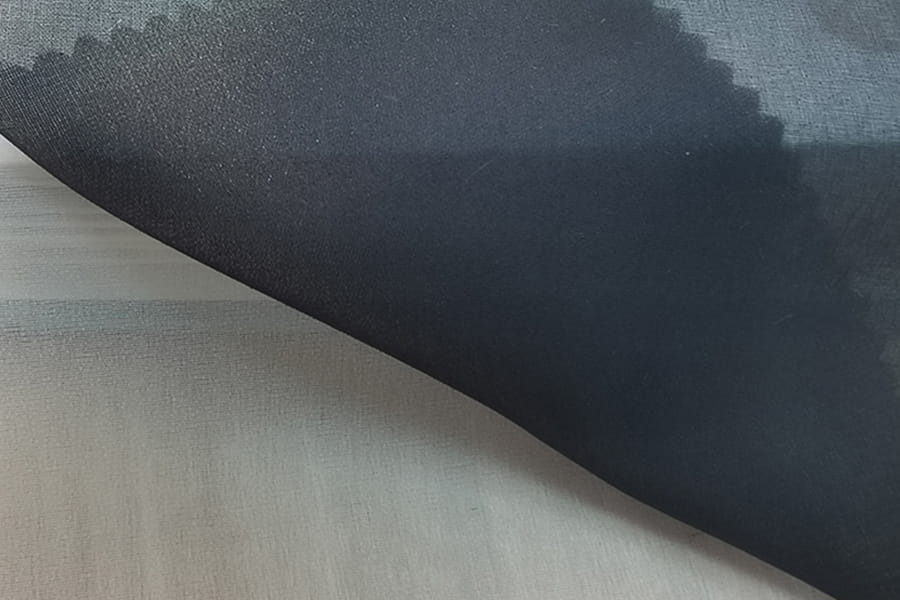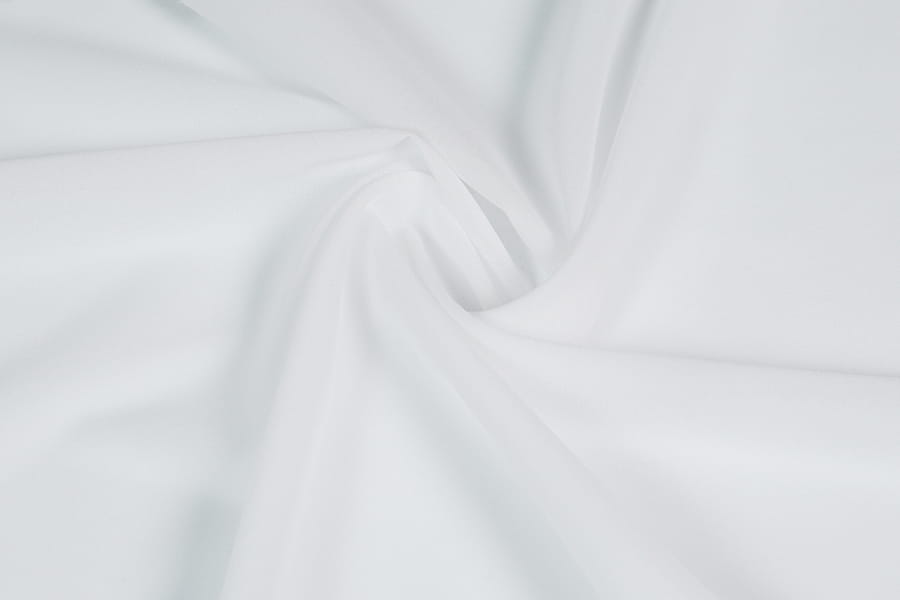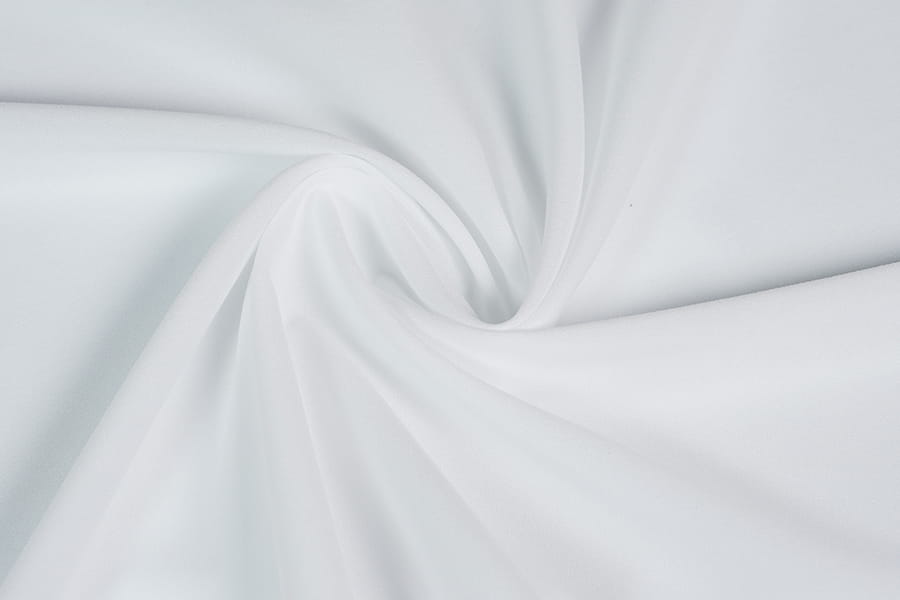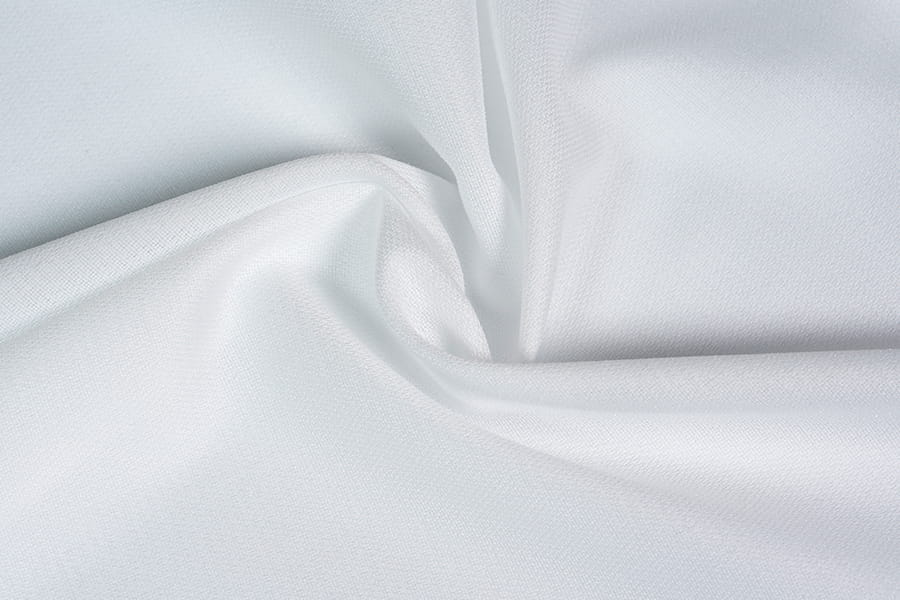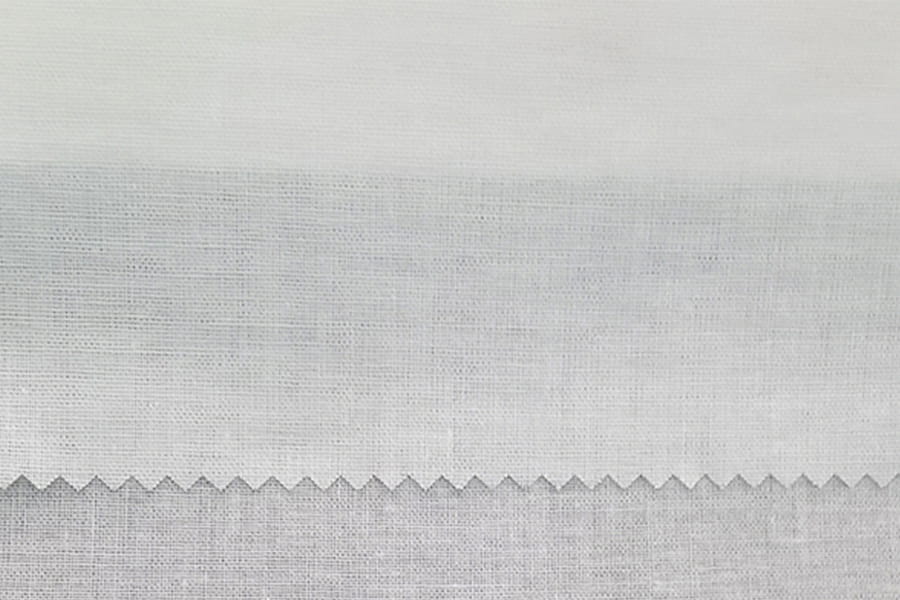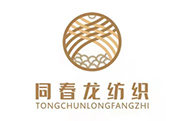What is Knitted Fabric?
Knitted fabric is a textile made by interlocking yarns into a series of connected loops. This is done using needles in a process called “knitting” rather than “weaving,” which gives knitted fabrics great elasticity and stretchability. Knitted fabrics are widely used in casual wear, activewear, underwear, and other everyday clothing. The structure can vary, including single-knit, double-knit, and circular-knit fabrics, among others.
Characteristics of Knitted Fabric
-
Elasticity and Comfort
Since knitted fabrics are made by looping yarns into interconnected rings, these structures have excellent stretch and recovery properties. As a result, knitted fabrics are typically more elastic than woven fabrics, making them ideal for garments that need to stretch, such as activewear, t-shirts, and leggings. They can easily adapt to the body’s movements, providing a higher level of comfort. -
Softness and Skin-Friendliness
Knitted fabrics are usually softer due to the nature of their loops, and they are more comfortable to wear compared to woven fabrics. Their skin-friendly qualities make them suitable for close-fitting garments, such as underwear, sports bras, and other intimate wear, minimizing discomfort from friction. -
Breathability
The structure of knitted fabric often includes small gaps between the loops, allowing air to flow freely. This enhances breathability, making knitted fabrics particularly popular in warm weather. Their ability to wick moisture and regulate temperature makes them ideal for summer wear. -
Ideal for Casual Wear and Activewear
The stretchability and comfort of knitted fabric make it perfect for clothing that needs to fit the body or allow for movement, such as yoga pants, t-shirts, and sportswear. These fabrics provide the necessary flexibility for active lifestyles. -
Lower Durability
Despite their comfort and stretch, knitted fabrics are generally less durable than woven fabrics. Over time, they may lose their shape or become worn out, especially in high-stress areas. They can also be prone to pilling or breaking, particularly with repeated wear or after washing.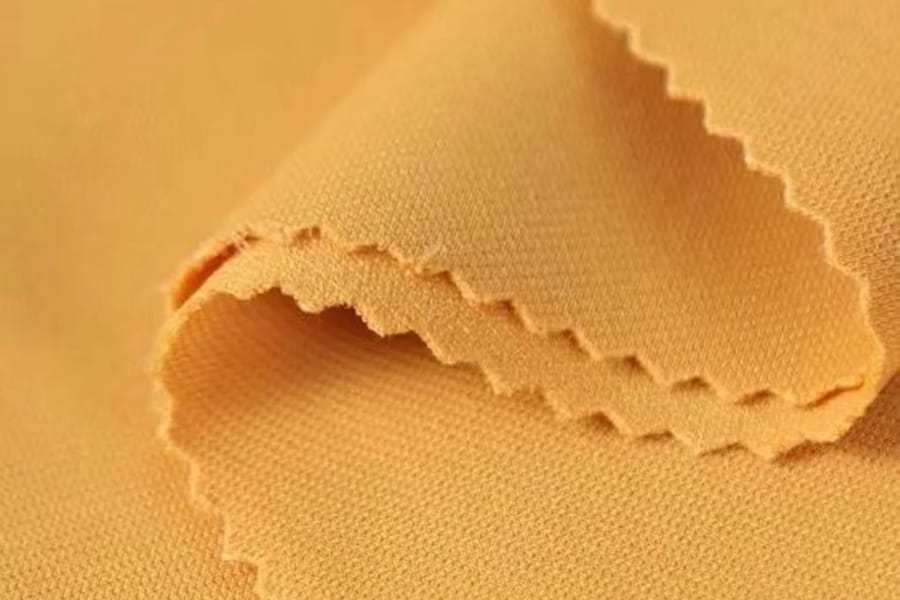
Types of Knitted Fabrics
- Single Knit: This is the most common type of knitted fabric, characterized by a noticeable texture on one side. It is commonly used for t-shirts, casual wear, and sportswear.
- Double Knit: This type of fabric is thicker and smoother on both sides, often used for warm garments such as sweaters, sweatshirts, and heavier clothing.
- Circular Knit: Circular knitting creates a continuous fabric, making it ideal for items like socks, underwear, and body-hugging garments.
What is Woven Fabric?
Woven fabric is made by interlacing two sets of yarns—warp (vertical threads) and weft (horizontal threads)—at right angles to one another, typically using a loom. The resulting fabric is tightly woven, making it more rigid and durable compared to knitted fabrics. Woven fabrics are known for their strength, structure, and versatility in many types of clothing.
Characteristics of Woven Fabric
-
Strength and Durability
One of the main advantages of woven fabrics is their strength. The interlacing of warp and weft threads creates a robust structure, making woven fabrics more durable than knitted fabrics. They can withstand more wear and tear, making them ideal for outerwear, pants, jackets, and other durable garments. -
Shape Retention
Woven fabrics are less prone to stretching or distorting compared to knitted fabrics. This makes them better suited for garments that need to maintain a specific shape, such as tailored suits, structured dresses, and formal shirts. Woven fabrics hold their form and don’t lose structure over time. -
Lack of Elasticity
Woven fabrics have little to no natural stretch. This makes them less comfortable for tight-fitting or form-hugging clothing but ideal for structured, formal, or professional wear. They generally don’t have the same flexibility that knitted fabrics provide. -
Lower Breathability
Woven fabrics are denser and less breathable compared to knitted fabrics. They are more suitable for colder climates or outerwear because the tight interlacing of the yarns provides better insulation and warmth.
Types of Woven Fabrics
- Plain Weave: This is the simplest and most common type of weaving, where the warp and weft yarns alternate in a one-over-one-under pattern. It is commonly used for shirts, pants, and bedding.
- Twill Weave: The yarns are woven in a pattern that creates diagonal lines, providing added durability. Twill fabrics are commonly used for denim, chinos, and workwear.
- Satin Weave: This weave results in a smooth, shiny surface because the yarns are woven in such a way that they float over others. Satin fabric is often used in formal wear like evening gowns and wedding dresses.
Comparison Between Knitted and Woven Fabrics
| Feature | Knitted Fabric | Woven Fabric |
|---|---|---|
| Elasticity | High: Offers good stretch, suitable for activewear and casual clothing. | Low: Almost no natural stretch, better for structured garments. |
| Comfort | High: Soft and comfortable, suitable for close-fitting wear. | Lower: Generally stiffer, better for garments that require structure. |
| Durability | Lower: Prone to wear, tear, and stretching over time. | High: Durable and resistant to stretching, ideal for long-lasting garments. |
| Breathability | High: Good air circulation due to the looped structure. | Lower: Less breathable due to the tight weave. |
| Ideal Use | Casual wear, activewear, and intimate garments. | Formal wear, pants, jackets, and structured clothing. |

 English
English 中文简体
中文简体 русский
русский Español
Español